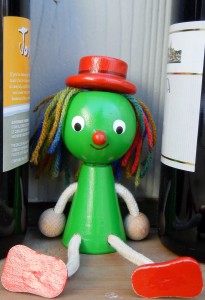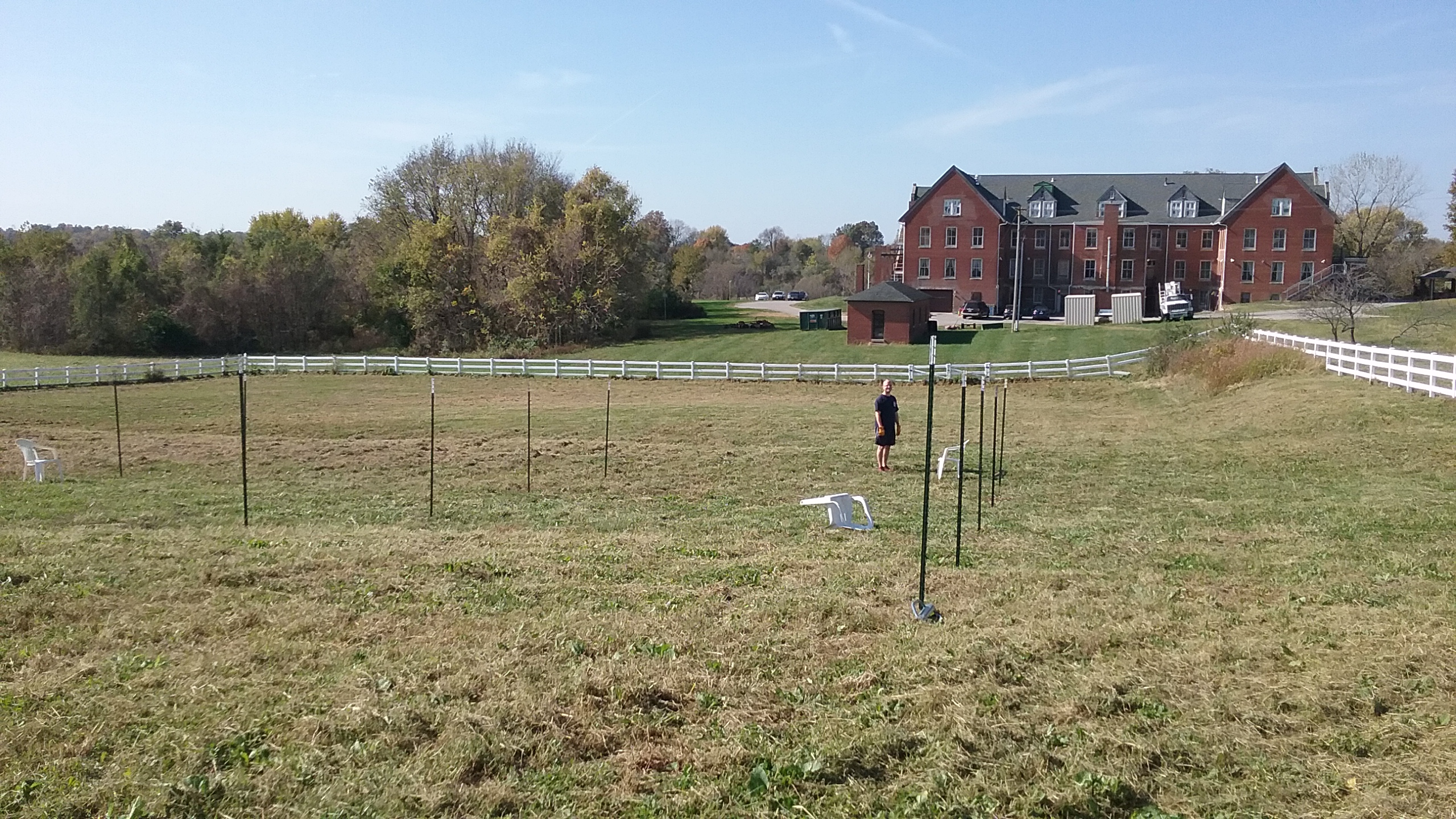B2B: Genuinely Local Wineries Deserve More Promotion
I had a dream. The year was 1965 in California. I was observing wine pioneer Robert Mondavi who had just been fired by his family’s winery (something that happened in our real world too). Desperate and jobless I watched him hold a meeting with a French grape broker (that didn’t happen in our world). The broker offered to cheaply ship thousands of gallons of French juice to California, to save Mondavi the trouble of growing grapes himself. Mondavi chose to take the Frenchman up on the offer.
In a flash of light, the dream moved to the present day. This time I was in a liquor store checking out the wine. I passed the French, Italian and Spanish wine sections, then the smaller German section, followed by an Australian and Chilean section. Over in one corner I could see that there were a few bottles of Midwest wine too — I sighed relief!
Even though this was a dream, it was pleasing to discover that our region was represented. In fact, the store’s wine sections seemed to be layed out exactly as you’d expect in the real world — all except one. Where were the Californian wines? Towards the back of the store I spotted a single row of bottles. I picked up a bottle priced at $6 with a picture of San Francisco’s Golden Gate Bridge adorning its label. I turned the bottle round to read the back: Made in California from the Finest French Grapes. The dream ended.
Of course there was no French bulk wine invasion of California in the 1960s. California’s wine industry developed into a world class juggernaut because wine pioneers like Robert Mondavi and many others chose to grow grapes and make wine at their wineries in California. The idea of sourcing grapes or juice from outside the country, or out of state (if they’d been available in other parts of the US) would probably never have occurred to them. It wouldn’t have been financially viable and wine pioneers like Mondavi were focused on making great Californian wines from Californian grapes. They succeeded.
Today, some say the Midwest wine industry is a bit like California in the late 1960s. In fact, Californian winemakers and wine-lovers sometimes remark that what’s going on here — the experimenting with grapes, the rapid growth of the local wine industry, the knowledge sharing among winemakers – reminds them of the good old pioneering days in California.
But there is a crucial difference. In the Midwest circa 2014 it is financially viable and sometimes necessary to bring in grapes from out of state. A number of regional wineries have their wine made out of state. (Full disclosure: Belvoir Winery, where I work, doesn’t make the wine it sells on the premises but does grow between 10 and 20% of its grapes. All of Belvoir’s commercial wines are made by Les Bourgeois Winery in Rocheport, Missouri)
See related story: The Grape Debate: Making Local Wine From Imported Fruit
This means the wine making pioneers in our region- the wineries that grow their own grapes and make their own wines on site are in a more difficult position than Californian wine pioneers in the 1960s. Not only are the weather conditions tougher, there’s also more US competition. Within the Midwest, wineries that are working to develop a distinctive style of wine also face stiff competition from local wineries that are more like bars or party venues, some with no winemaking operation on the premises.
It’s great that we have such a diverse Midwest wine industry, but all of these different wine related businesses get treated the same by many state wine associations, the media and wine consumers. Wine labels can also lack clarity when it comes to differentiating a locally made wine produced from local grapes. One state association consulted by Midwest Wine Press said they ‘weren’t privy” to which wineries imported grapes from out of state and which ones didn’t. Which means this association’s promotional efforts — organizing wine trails and events – are helping local wineries that are supporting the Californian wine industry as much as our own.
It only seems fair to distinguish between the wineries in our region that concentrate on making wine on their premises from locally grown grapes, and those that don’t.
Perhaps these local wineries could be given tax breaks or financial incentives from their state governments? More state wine associations, in publicity material for wine trails, could start differentiating between local wineries that concentrate on making wine on their premises and those that don’t. Michigan does differentiate – a winery is not supported by the state unless they use 50% local fruit.
More Midwest states could also start quality wine programs. For example, the Ohio Quality Wine Program (OQW) is open only to Ohio wines that are produced with at least 90% Ohio grown grapes. Iowa also has a quality wine program that requires 75% local grapes for inclusion. These programs make it easier for consumers to identify quality local wines.
The Midwest wine industry’s future as a source of distinctive, quality wines could depend on more targeted promotion and help for the wineries that focus on winemaking using local grapes.
Danny Wood is an editor of Midwest Wine Press and works part-time at Belvoir Winery in Liberty, Missouri. B2B stands for Between Two Bottles.





I don’t see any problem with wineries “importing” grapes from other states……state boundaries are simply political entities, and have little relationship to climate or terroir. As long as there is no deception involved, It seems like a necessary part of the business in the Midwest. On the other hand, I think it would be great if each state would establish a “locally-grown” program for their wineries, whereby a prominent sticker could be added to the front of the bottle, if the contents exceeded “X” percent locally grown fruit. That way, customers who preferred locally grown products could easily see which wines met the criterea. Really, it seems like a rather simple process to implement.
Thanks for the artice. I think the deception scares customers away from wine. While some wineries import their fruit or have other wineries “make” their wine, they don’t willingly share this information with the customers. Customers sometimes feel “cheated” when they visit a winery and later find out that winery didn’t grow the grapes or make the wine, and could cause the consumer to shy away from “local” wines in the future due to “mistrust” issues.
mondavi himself was imported from minnesota’s iron range…so, um, there you go then.